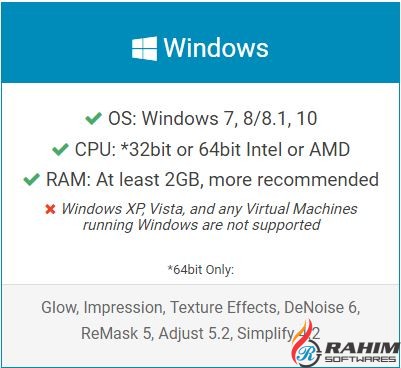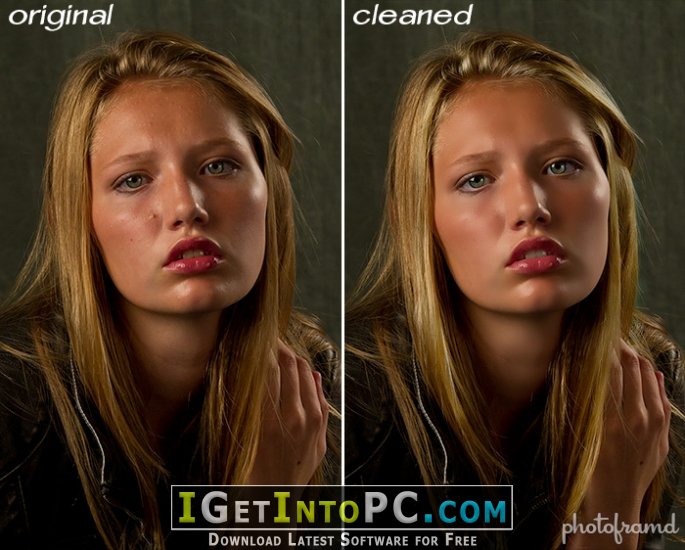
My next step is to apply Precision Contrast.

After selecting a preset, you can always return to the sliders to tweak the adjustment to your liking. There are a variety of presents and one of them will usually get you to where you want to be or very close. If you're new to this tool, I highly recommend the presets that can be found at the bottom of the Precision Detail panel. Well, Precision Detail is the Clarity tool on steroids! It allows you to be very selective about the parts of the image you adjust, allowing adjustments globally, and to shadows or highlights alone.

If you are a long-time user of Topaz tools, you might remember the Clarity tool.
#Topaz impression vs simplify software
I think you’ll agree the software is very intelligent at choosing these settings for us. I can alway override the software’s decision if I want. If you choose these values manually, be careful not to smooth your image with too high a setting in DeNoise, or over-sharpen your image in Sharpen AI. In the current versions of this software, however, the feature which automatically sets these values is spot on most of the time. Note: In earlier versions of DeNoise AI and Sharpen AI, I set the sharpen and de-noise values manually. I’ve done it both ways and I believe I see a negligible, or slightly better result, when I run Sharpen AI as the second step in this workflow. Conventional wisdom suggests sharpening at the end of our workflow. Next, after DeNoise (and this is controversial), I run Sharpen AI.Note: If I’m processing a RAW black and white infrared image, my first step is to convert the image to B&W using the Black and White adjustment.

It ensures that we’re not processing noise as we go through our workflow.

This is an important first step that eliminates or reduces noise before doing other processing.


 0 kommentar(er)
0 kommentar(er)
